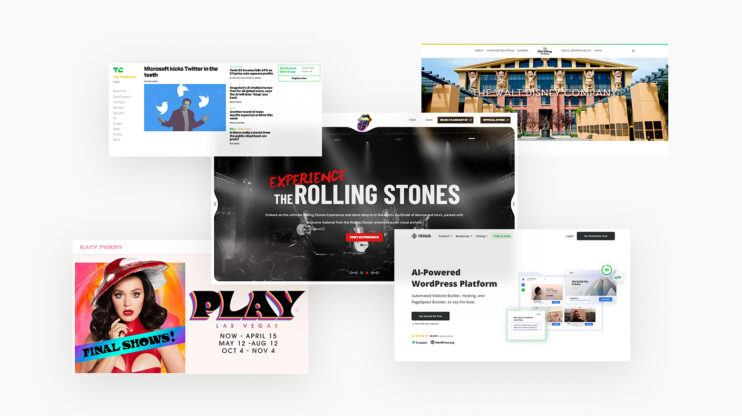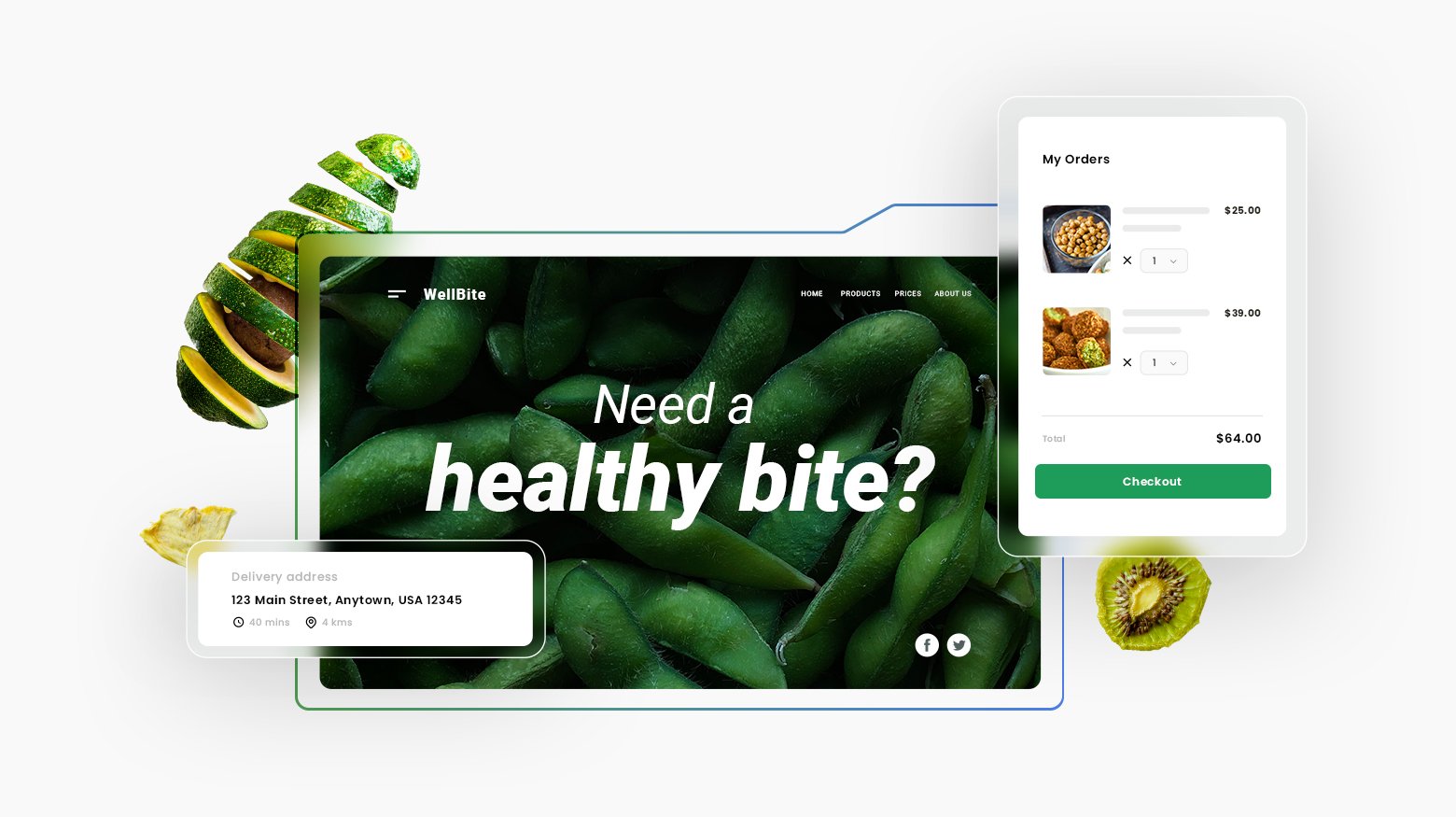
The Internet has become a powerful enabler, shaping how we communicate, interact, and conduct business. The accessibility and connectivity provided by Internet platforms have led to a significant surge in the emergence of many online businesses across diverse industries. For instance, we have witnessed a surge in online food businesses in the food industry.
Unlike the traditional brick-and-mortar business model, online food businesses are relatively easy to start. Other reasons include lower initial investment, reduced overhead costs, and flexibility in operations.
While an online food business is relatively easier to establish, as with any business, success still requires careful planning, attention to quality, effective marketing, and responsiveness to customer feedback. This can be overwhelming, especially if this is your first food business.
In this article, we share the ideas and detailed steps to help go from ideation to establishing a successful online food business. Whether you are just starting or looking to move your food business online, you’ll find the necessary steps from preparation to infrastructure setup, establishing an online presence, and marketing. We have also included a guide to help you create a website for your online food business using 10Web AI Website Builder.
In This Article
8 easy and lucrative food business ideas to get inspired
The online food business industry is constantly growing and changing, driven by consumer needs, market trends, and innovation. Coming up with a good food business idea can take time due to the industry’s dynamic nature.
However, before you can begin to worry about how to start an online food business from home, you need to have a set of online food business ideas that can sell. Here are unique food business ideas that you should consider.
Food blogging and recipe platform

This online food business idea involves setting up a website or social media platform where you can share your passion for cooking experiences, recipes, insights related to food, and even stories behind every recipe. This can be through writing, videos, pictures, or a combination. You can create and share content about nutrition, restaurant reviews, cooking tips, reviews of kitchen tools, or discussions about food culture.
Benefits:
- Multiple revenue sources, including ads, sponsorships, and affiliate marketing.
- A food website places you as a food expert, allowing you to access a global audience.
Challenges:
- This online food business idea requires consistency to build a substantial audience.
- Requires a large audience before you can establish any meaningful revenue.
Meal prep service
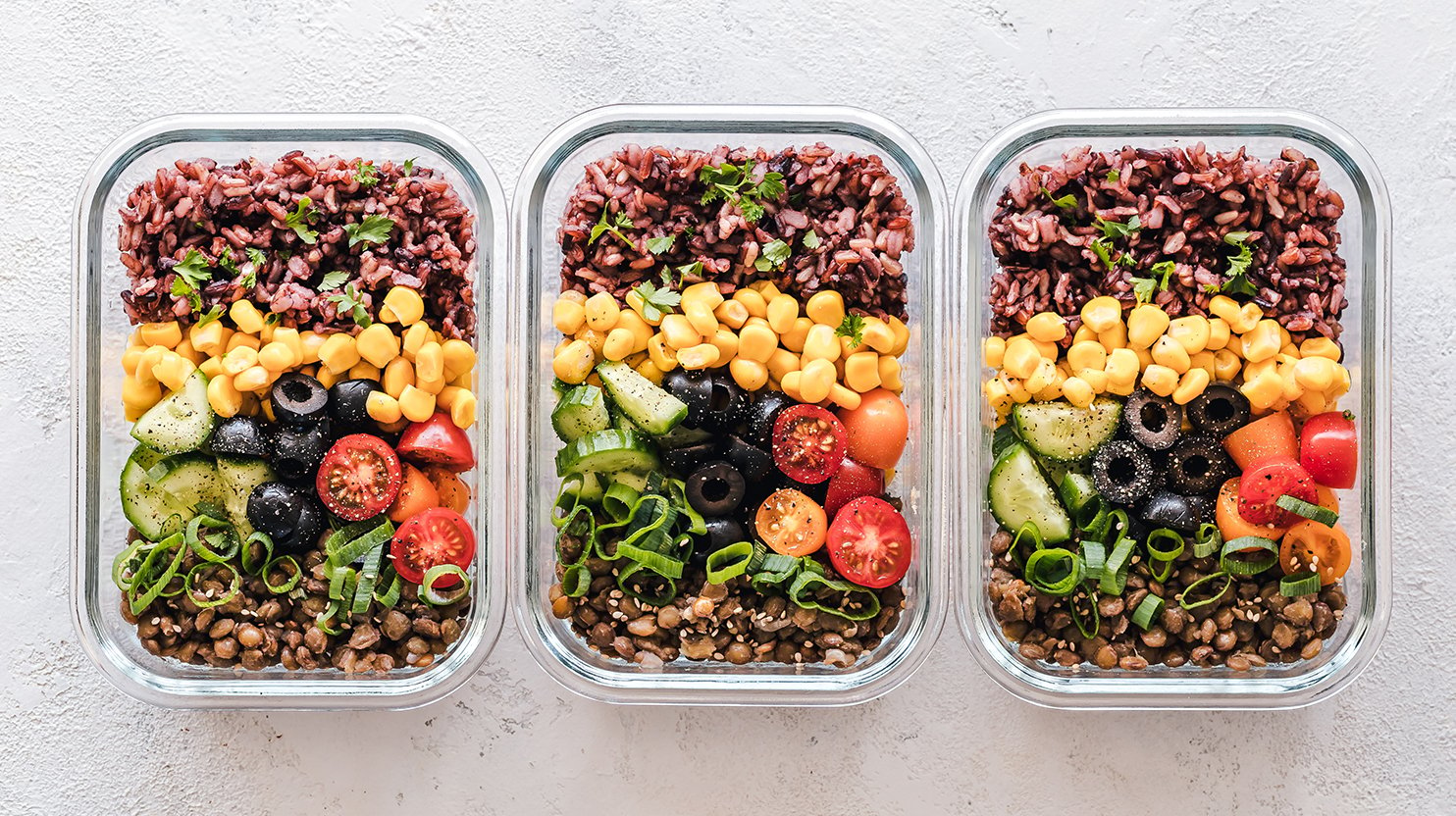
Many people are now constantly juggling work, family commitments, and personal responsibilities, leaving little room for preparing healthy meals. A meal prep service is a great way to cater to the needs of this growing number of clients who need to maintain a nutritious diet amidst their busy lifestyles.
Benefits:
- Using a subscription model, you can establish a food business with recurring and predictable income.
- You can partner with organizations advocating for health and wellness and receive funding.
Challenges:
- Attracting and retaining a customer base in the early stages can be challenging, especially at the beginning.
- This kind of food business requires strict adherence to health and safety regulations.
Online coffee shop
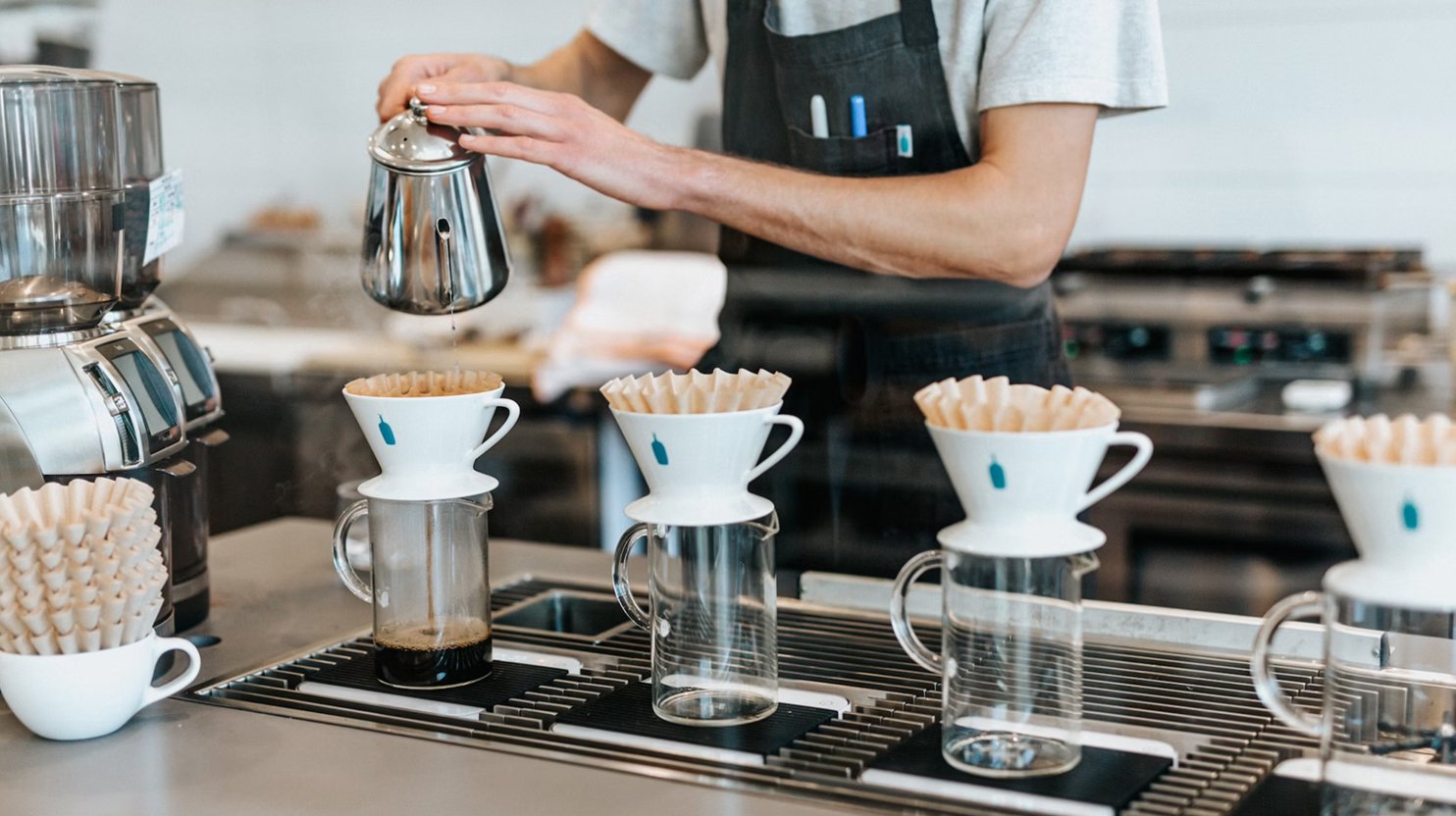
Coffee is one of the most popular beverages in the world and certainly part of the morning routine for most people. According to Drive research, 49% of people drink 3 to 5 cups of coffee a day. Besides selling coffee as a beverage, this business idea allows you to sell and deliver coffee-making tools, kitchen utensils such as kettles, or branded coffee mugs and cups.
Benefits:
- Coffee is a universally loved beverage with a wide appeal that guarantees a wide customer base.
- Besides coffee, you can diversify your income by including snacks and other beverages on the menu.
Challenges:
- The coffee shop business can be highly competitive and may require exceptional service to set you apart.
- The beverage business can be seasonal. You may need to adjust your offerings occasionally, depending on the weather.
Healthy snacking delivery service

The healthy snack delivery service is a great idea, especially with the current health-conscious trend. With the food business idea, you can capitalize on the growing number of customers seeking healthier snack alternatives.
Benefits:
- Offers opportunities for partnerships with wellness programs at companies.
- This idea allows you to build a loyal customer base with regular, scheduled deliveries.
Challenges:
- Healthy snacks have a short shelf-life and may require preservation.
- Due to high competition, success in the snack food business requires an understanding of customer preferences.
Baked goods subscription

This food business idea serves customers who need baked treats regularly. Such a model can also be a perfect online food business idea where customers can order their treats from the comfort of their homes. You can offer a variety of treats ranging from cakes, pastries, brownies, cookies, and more.
Benefits:
- You can strike partnerships with event organizers and companies that need deliveries for special occasions.
- Establishing a loyal customer base that regularly orders from you can guarantee a stable and recurring income.
Challenges:
- Baked goods require careful packaging and handling to ensure that they get to the customer fresh.
- Starting a food business online requires a strong online presence and marketing, especially with baked goods.
Farm-to-table organic food delivery food business
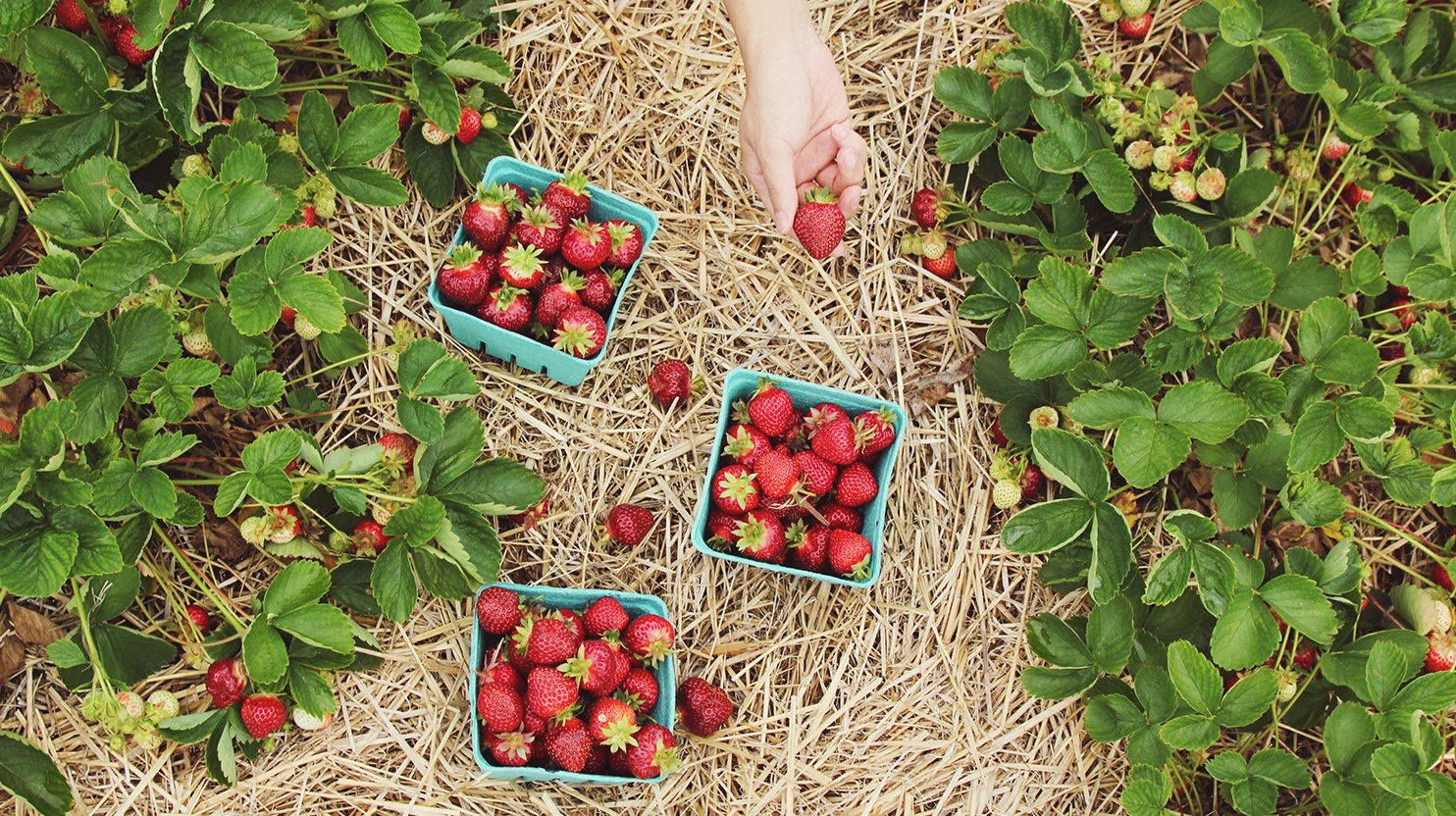
With the current push for sustainable, healthy living, many consumers prefer to directly source fresh, organic produce and ingredients from local farms. This business model emphasizes fresh, high-quality, locally sourced organic food products produced using an eco-friendly approach. You can set up an online delivery business with a platform that allows customers to order and charge a small delivery fee.
Benefits:
- This business model promotes sustainable agricultural practices and reduces carbon footprint.
- Direct sourcing allows you to support local farmers and businesses.
Challenges:
- Maintaining a constant supply of fresh produce can be challenging, especially with seasonal weather variations.
- To establish a reliable supply chain, you need to establish and maintain close relationships with local farmers.
Baby food business

For first-time mothers, creating nutritious and age-appropriate food can be overwhelming. With this food business idea, you can tap into the demand from parents seeking healthy food options and snacks for their infants and toddlers. A baby food business is also a great idea if you’re contemplating how to start an online food business from home.
Benefits:
- There is a growing demand for convenient, high-quality, and healthy baby food.
- With transparency and high quality in place, parents are likely to stay loyal to your food as their child grows.
Challenges:
- Baby food businesses require strict regulatory compliance to guarantee the safety of infants and toddlers.
- You may need to educate your customers, especially if introducing new and unique ingredients.
Online food classes business

Besides selling your food, you can also monetize your cooking skills. This is one of the best business ideas, especially if you’ve been thinking about how to start an online food business from home. The aim is to help interested individuals enhance their culinary skills. This can be through in-person classes, online, or a combination of both.
Benefits:
- If you’re passionate about cooking and teaching, this is a great way to share your knowledge and skills.
- A food classes business can foster a sense of community among individuals with a similar passion for cooking and food.
Challenges:
- Finding great venues with necessary kitchen appliances for in-person classes can be a challenge.
- Attracting participants can be a hurdle, especially when in the initial stages of your business.
Now, let’s help you find answers on how to start an online food business from home. In the subsequent sections, we’ll discuss the crucial stages of starting an actual online food business, from preparation to setting up the requisite infrastructure and marketing your food business online.
Stage 1: Preparation and planning of your online food business
Step 1: Conduct market research
If you’re wondering how to start an online food business from home, the first step is to conduct extensive market research. The primary goal of conducting thorough market research is to obtain key information that can aid decision-making and increase the chances of success in your online food business. Here are more reasons why you should conduct market research:
- Understand your competitors – Competition in the online food industry is inevitable. By analyzing existing online food businesses in your niche, you’ll be able to find out about their strengths and weaknesses. With this intelligence, you can also learn how to differentiate your business.
- Audience analysis – Know your audience’s behaviors, needs, and preferences of your potential customers. With this information, you can tailor your offerings to match their needs.
- Uncover trends and gaps – Trends in technology and the food market significantly influence customer preferences. Market research insights can enable you to stay ahead of these trends.
- Understand the market landscape – If you’re new to the online food business, conducting market research can be an eye-opener to potential challenges and opportunities for growth.
Step 2: Create a business plan
A business plan is a document that details how you are going to structure, run, and grow your online food business. A well-detailed business plan can serve as a blueprint for your online food business, detailing the products and services that you offer, how your business generates revenue, financing, staffing, and many other details such as:
- A business model – A well-defined model allows you to gain clarity on the essentials by asking, “What do I need to sell food?”. A business model also defines your focus and specialization i.e. a particular cuisine and menu. This shapes the identity of your online food business.
- Revenue streams – A business plan details how your business is going to generate revenue. This can be from food sales, delivery fees, or partnerships.
- Target market – A well-detailed business plan also specifies the target market for your online food business, considering factors such as location, age, lifestyle, and income levels.
- Financial projections – Budgeting and securing funding for your online business is key to the success of your online food business. A business plan details the financial landscape of your business, including startup costs, revenue forecasts, and running expenses.
Step 3: Account for all legal requirements and licensing
Knowing how to start an online food business from home starts with understanding the law and food safety practices. This step involves demystifying how to get a license to sell food online or on any other platform. Getting the necessary licensing establishes the legitimacy and safety of your operations, which enhances customer trust. Here is how you can navigate the legal landscape:
- Ensure you have a solid understanding of the local, state, and federal regulations governing food businesses. It is also important to investigate whether any specific standards, rules, and health codes apply to online food businesses.
- Ensure that you secure the necessary licenses that validate the legality of your online food business. These can also include food handlers certifications and other permits.
- In the event of unforeseen circumstances, it is also necessary to obtain insurance to protect your business and customers.
Step 4: Develop your branding and positioning
Creating a strong brand identity is critical to a successful online food business. A brand identity distinguishes your business online and can influence how your customers perceive and interact with your business on any online platform. Here is how you can create a unique brand identity for your online food business.
- Aesthetics and logo – Designing a memorable logo serves as the face of your online food brand.
- Clearly communicate your brand values – Ensure you communicate what sets your online food business apart. Some of the common brand values include a commitment to quality, locally sourced ingredients, and sustainability.
- A tagline – Captures the essence of your online food business and communicates your brand’s mission, purpose, or culture in a clear, entertaining fashion.
- Online presence – Establishing an online presence creates a good reputation for your online food business and a level of trust with customers, helping to drive sales and gain new customers.
Stage 2: Infrastructure setup of your online food business
The second crucial stage in establishing an online food business is creating an infrastructure that will support and sustain your business operations. Infrastructure for an online food business includes establishing connections with restaurants and suppliers, creating a user-friendly website, managing inventory, and creating an effective sales process.
Step 1: Connect with suppliers and restaurants
Most businesses in the food industry are not self-sufficient, and yours is no exception. Even if you are the best chef in the world, you still cannot do much if your ingredients are substandard. Whether you’re experienced or new to the industry, you need to forge and nurture connections with suppliers and restaurants that support your business. Here is how you can go about establishing those connections.
- Identify and reach out to potential partners – Find partners whose values and objectives align with how you want to run your online food business.
- Initiate communication – Once you identify the potential partners, initiate communication through an open, clear strategy that promotes mutual trust.
- Negotiate mutually beneficial strategies – Your negotiations with your potential partners should cover pricing, quality, delivery schedules, and more. Remember that your collaborations should be mutually beneficial, and every partner should feel valued and respected.
- Reliable partnerships for long-term success – Timely and quality deliveries are the lifeline of your online food business. This is impossible without reliable suppliers and restaurants.
Step 2: Design and develop your website
Your website is the digital gateway into your online food business and is often the first interaction new customers have with your business. As you explore how to start an online food business from home, you’ll quickly learn that a website is like a digital storefront that allows your customers to find essential information such as dishes, prices, discounts, and even place orders.
A well-designed website for your food business contributes to the overall brand identity, visibility, and credibility of your online food venture. Designing and creating an online food website can be challenging, especially if you’re not a programmer or designer. However, with 10Web AI Website Builder, you can build your online food delivery website faster.
Here is how you can use 10Web AI Ecommerce Website Builder to create your online food delivery website in a matter of minutes.
1. Navigate to the 10Web AI Website Builder page and log into your dashboard.
2. Click on the button that is labeled “Generate Your Website”.
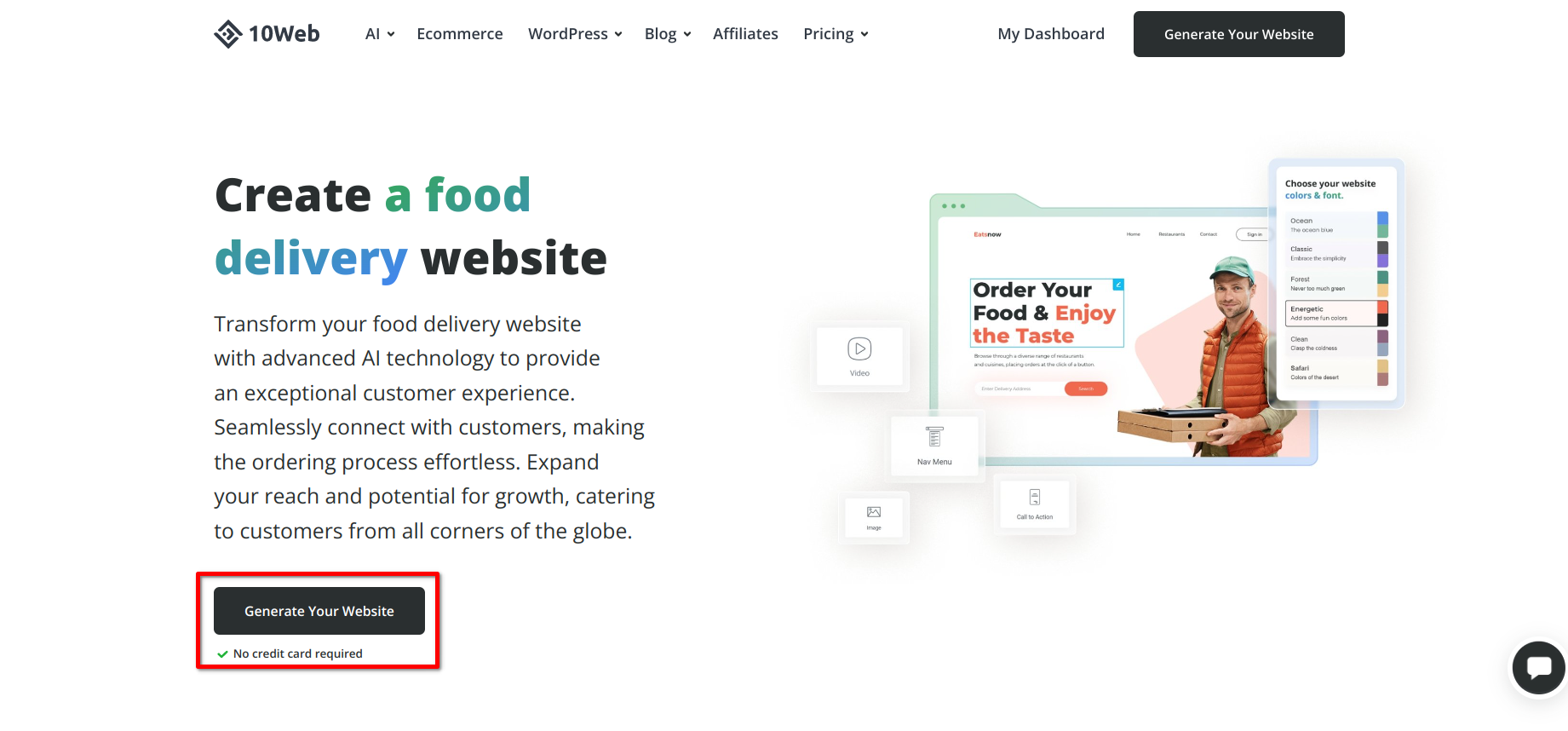
3. Specify that you want to create a website with an online store and click “Next”.
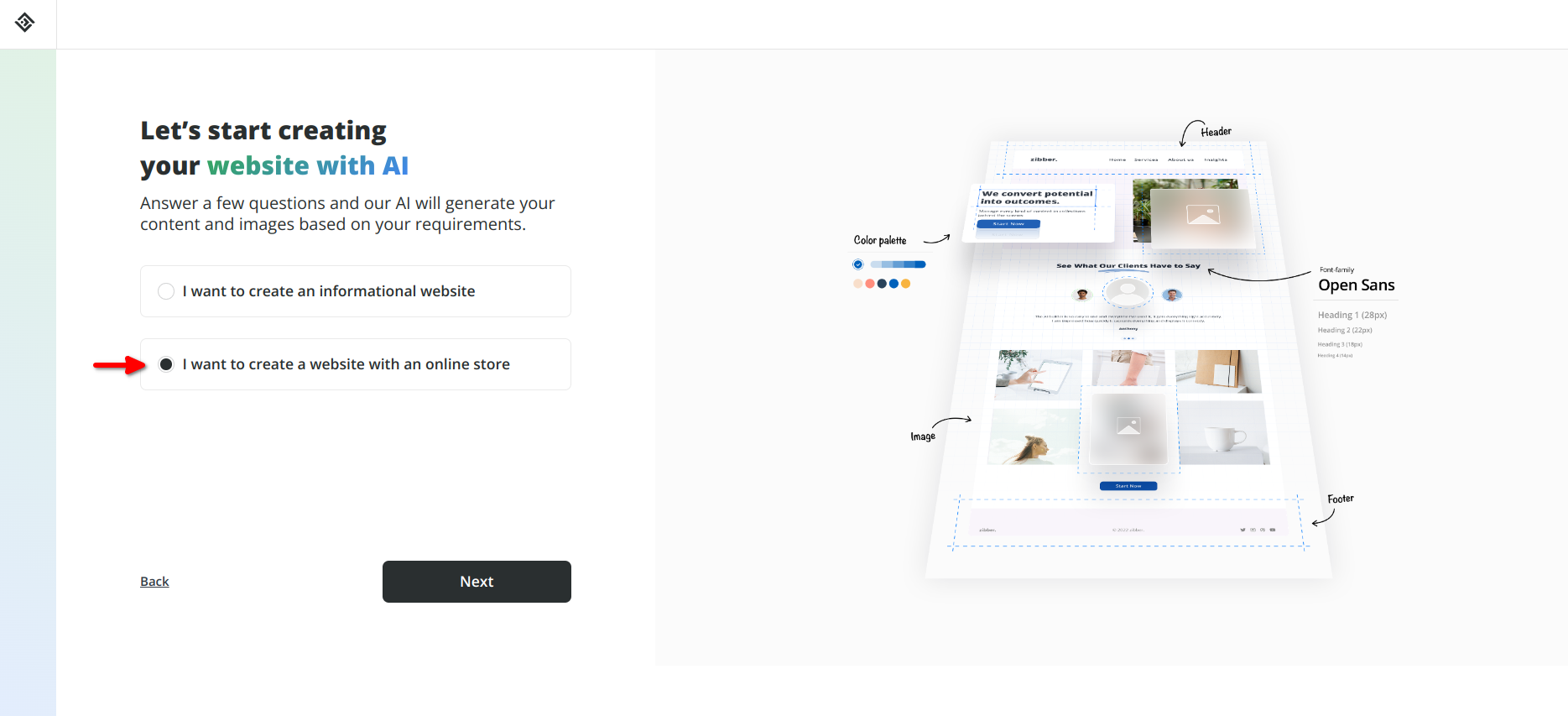
4. Select the type of store you want as “Food Store” and click “Next”.
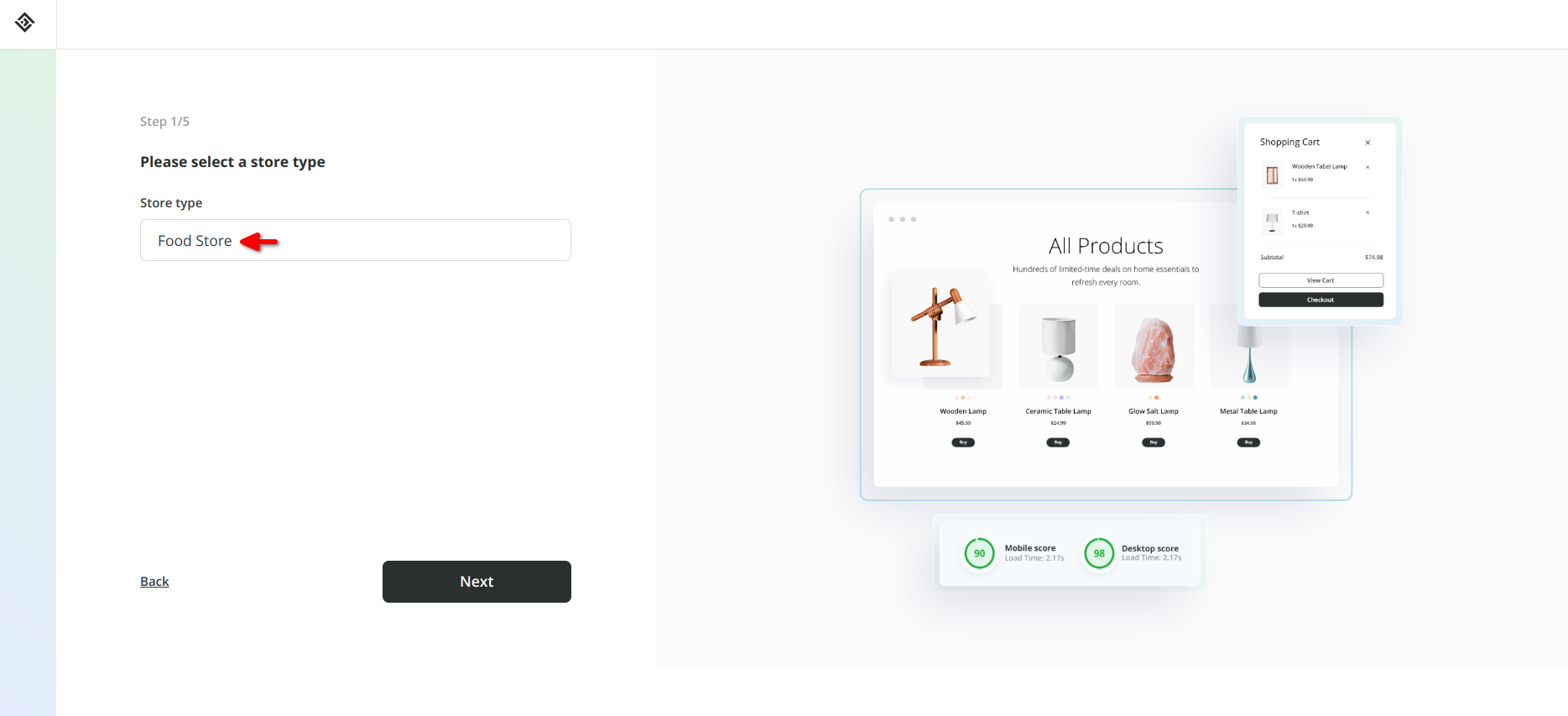
5. Write the name of your store and add a description of your online food store. You can also input a few keywords about your website and let our AI engine transform them into a compelling description. Click “Next”.
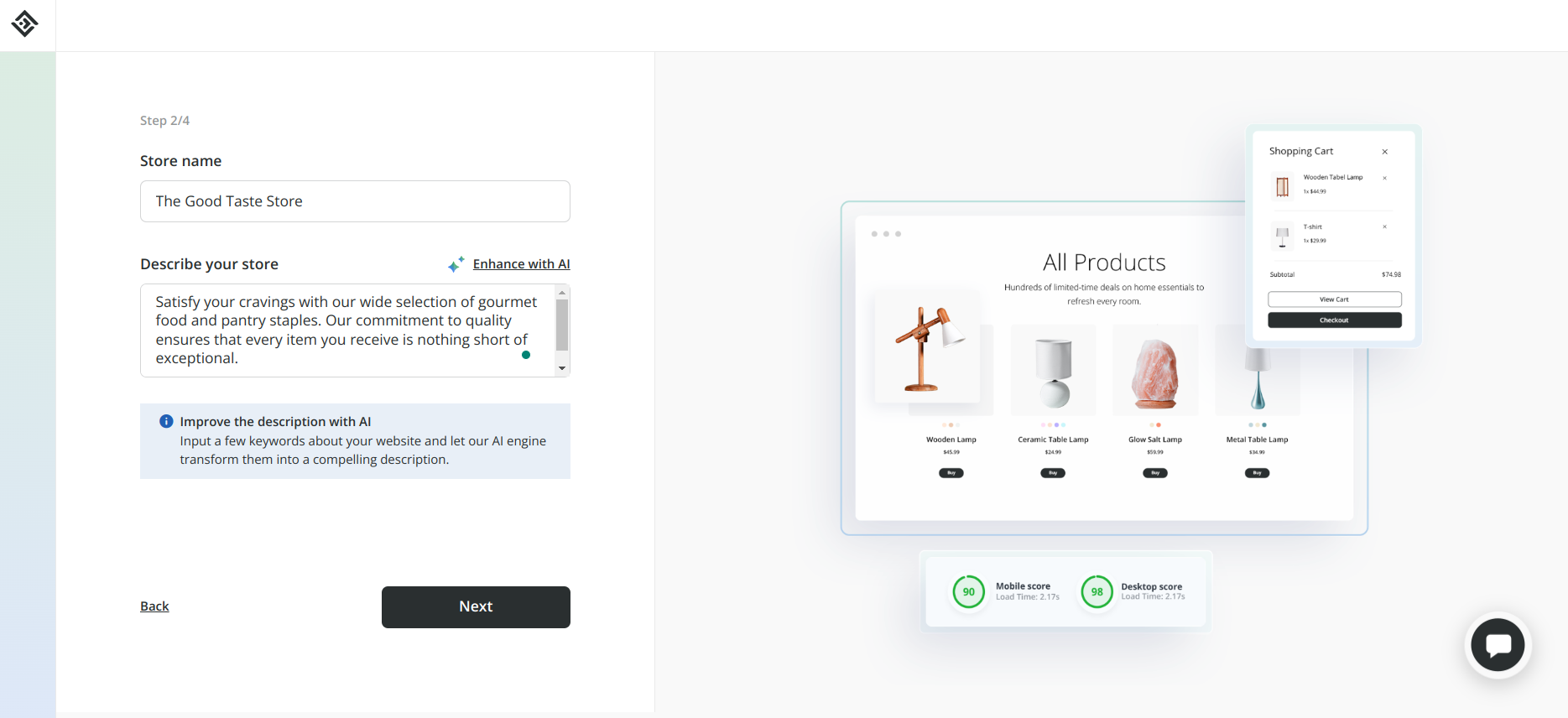
6. Add the names of the three products that you’ll be selling on your online food store and their respective categories and click “Next”.
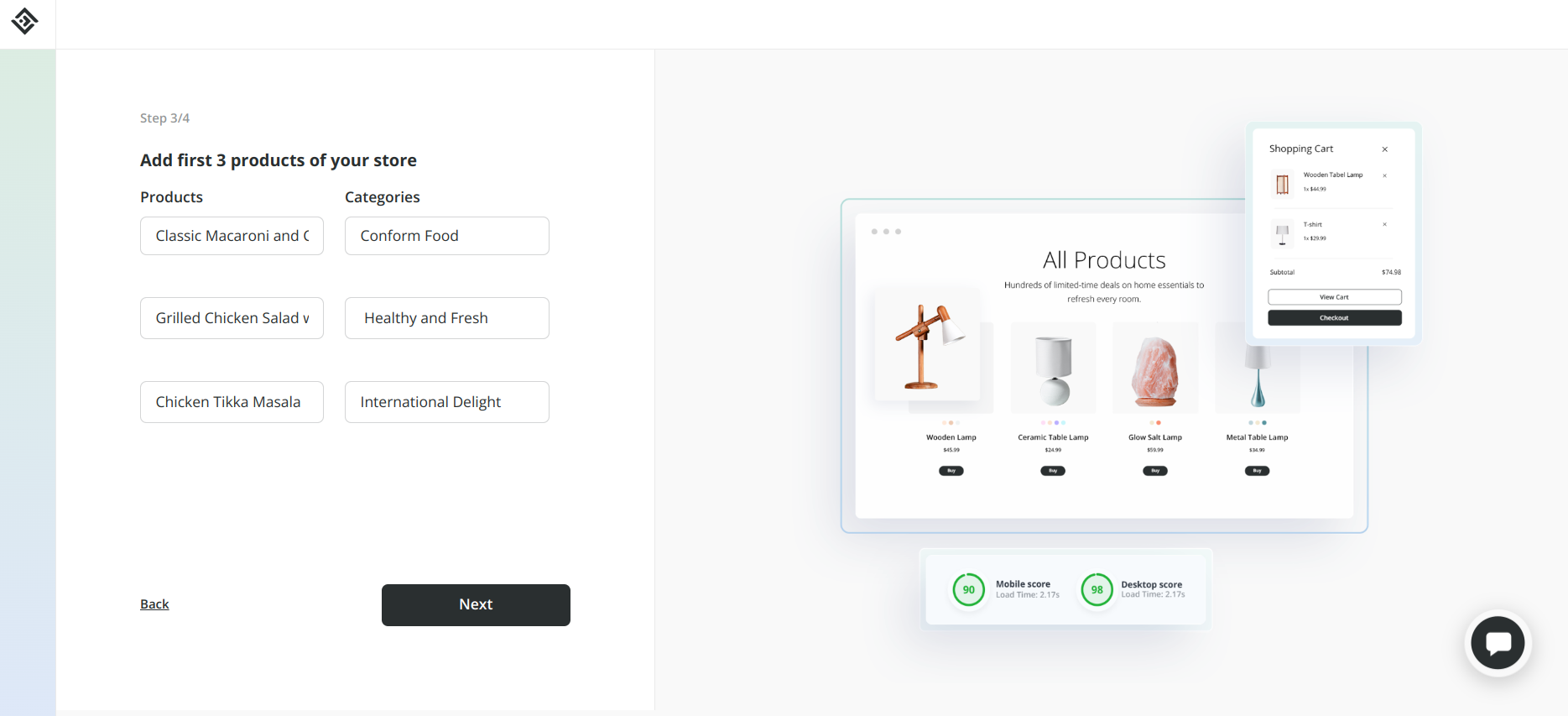
7. Choose the tone of content on the website and click “Finalize”.
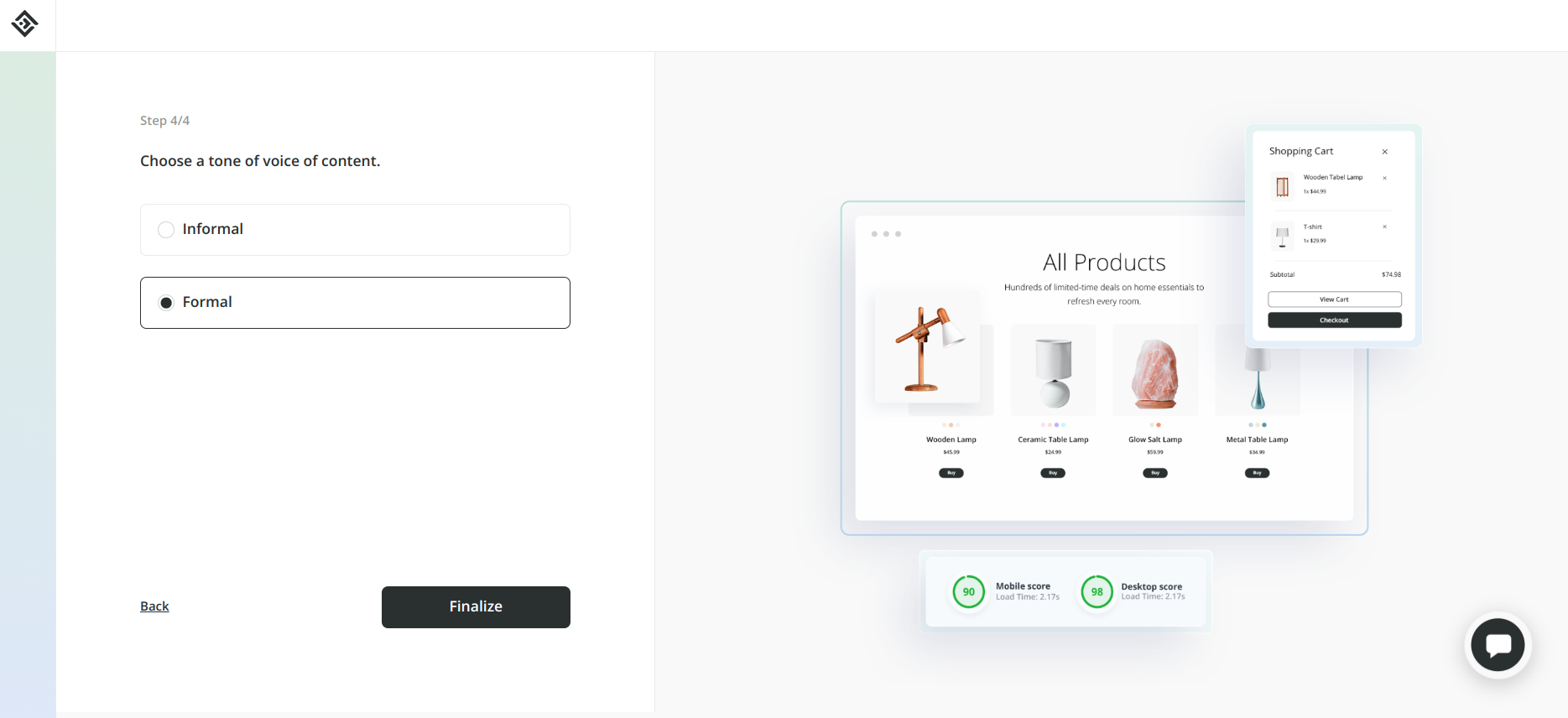
8. Allow the 10Web AI Website Builder to generate your online food website. This can take a minute or two. Once ready, click the “Preview and edit” button to view your website.
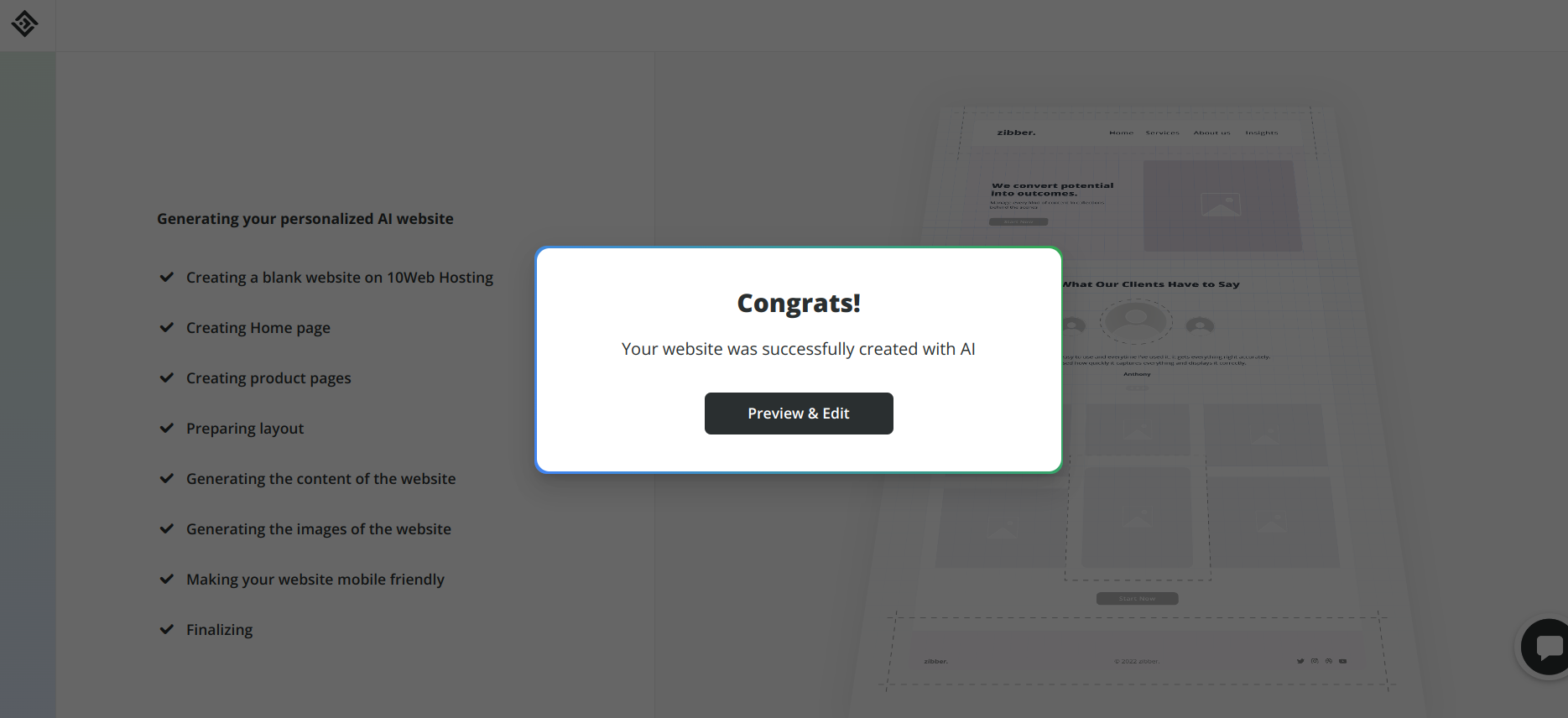
9. Our food website is now ready with prepopulated content and images based on the answers and the description we gave earlier. The food website generated by the 10Web AI Website Builder has a homepage, about, new arrivals, customer testimonials, and footer sections. However, you can edit, remove, and add pages as you deem fit.
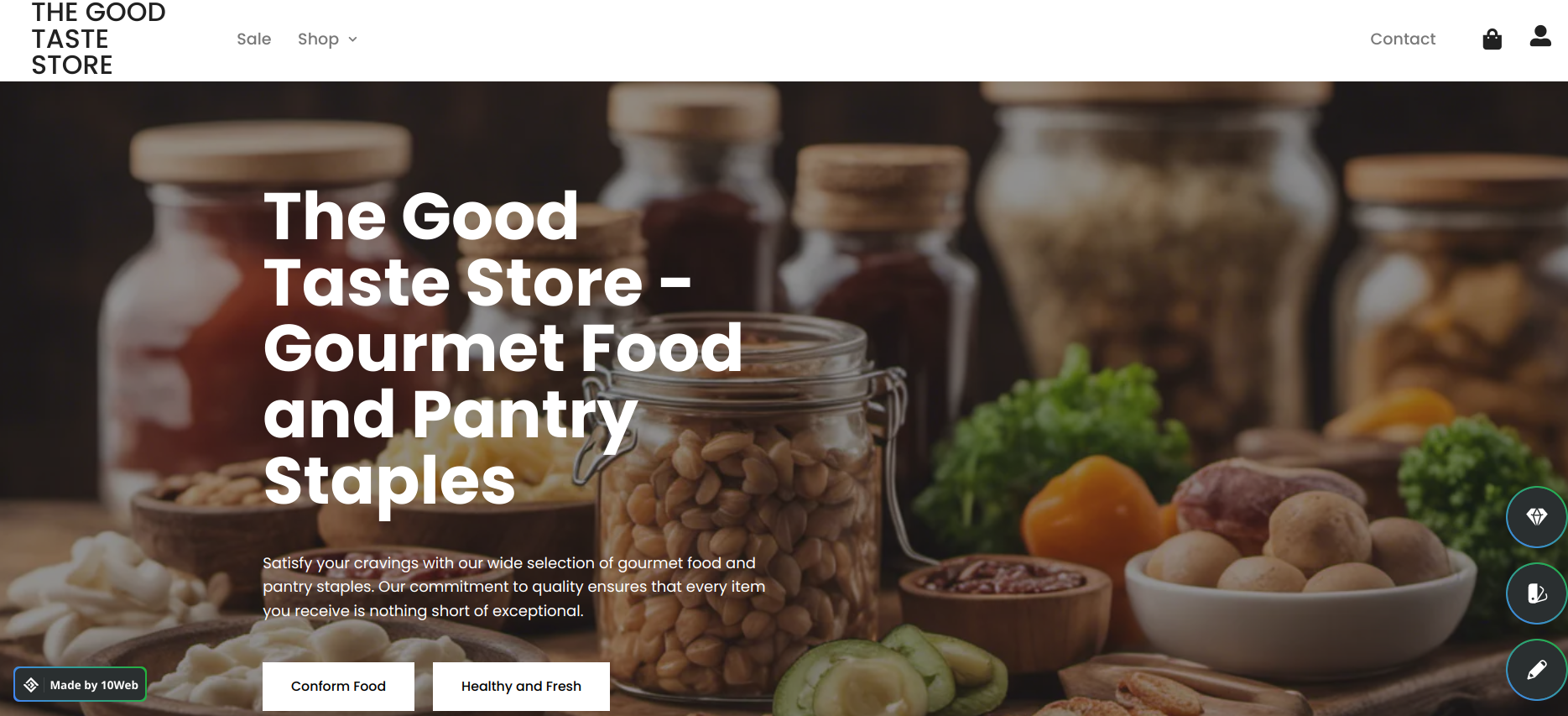
10. On the navigation bar of the food website, you can also find links to other pages leading to different product category pages.
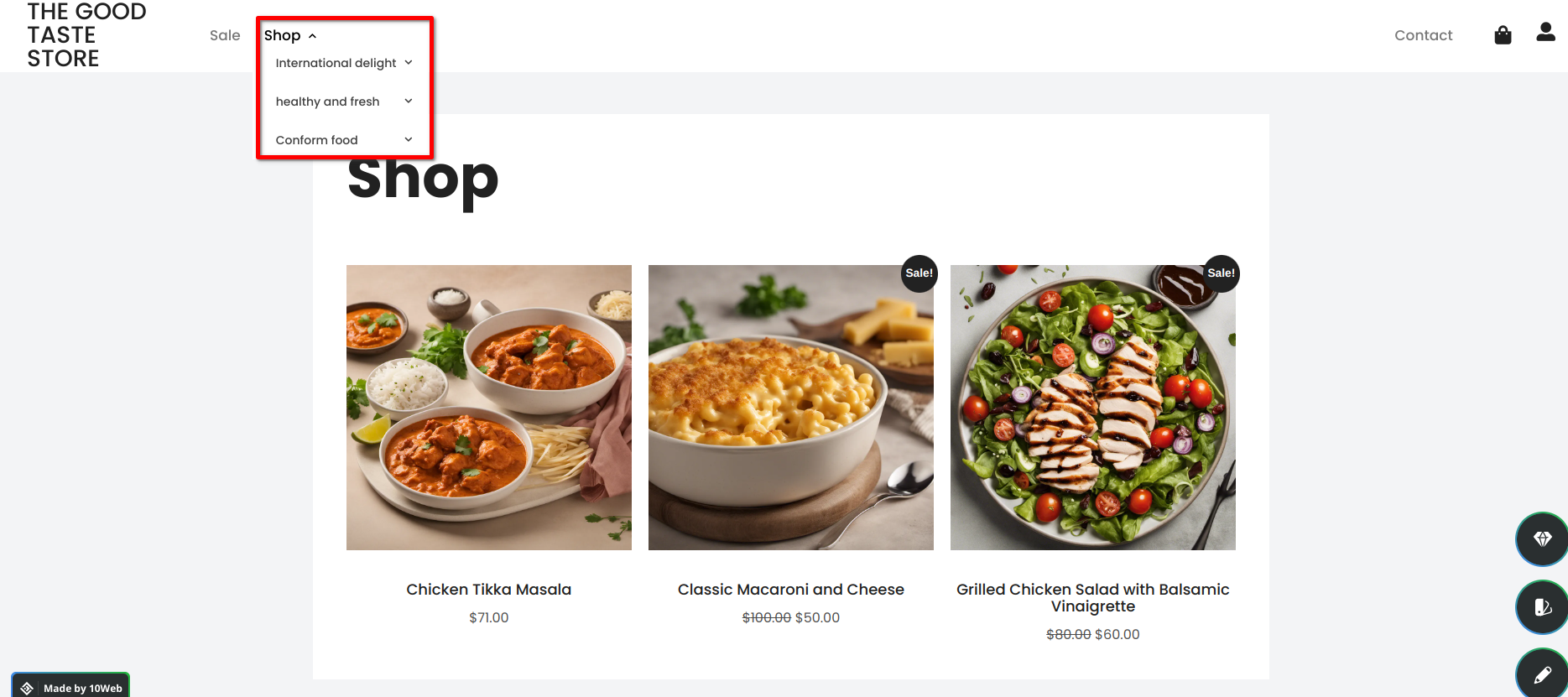
10Web AI Website Builder allows you to do so much more than this. For instance, you can add product descriptions generated with AI, perform product page customization with AI, and generate content, edit, and customize your website with AI. You can also manage your orders, products, customers, taxes, shipping and fulfillment, payments, and more from a single intuitive dashboard.
Build your ecommerce business with the help of AI
Create your custom ecommerce website in minutes with AI-generated content and images and customize it easily with our drag and drop editor.
Build your ecommerce business with the help of AI
Create your custom ecommerce website in minutes with AI-generated content and images and customize it easily with our drag and drop editor.

Step 3: Set up your sales processes
As you explore the steps on how to start an online food business from home, remember that the key to starting a food business online involves more than just delicious recipes. Apart from the quality of the food, ensuring a seamless user experience from order placement to post-purchase engagement significantly contributes to customer satisfaction. Here are the actions that you can take to build a sales process that will guarantee a smooth user experience:
- Order placement and confirmation – Strategically place call-to-action buttons that allow customers to place orders effortlessly. These buttons should be easy to locate. Remember to provide options that allow customers to personalize their orders to accommodate unique individual preferences.
- Secure checkout and payment – Ensure you integrate your website with a secure payment gateway to protect customer transactions and build customer trust.
- Delivery and fulfillment – If you work with partner restaurants and suppliers, ensure seamless coordination to guarantee timely deliveries. You should also provide order tracking options and communicate delivery times and charges to your customers.
- Post-purchase engagement – Send order fulfillment confirmation and collect user feedback to enable you to improve your services iteratively.
- Customer support – A responsive customer support channel is key to improving customer satisfaction. Ensure that customers can easily reach you for support and inquiries. AI conversational chatbots can be useful in this case.
Related Articles
Stage 3: Online presence and marketing of your online food business
Having delved into the logistics of how to start an online food delivery business, it is time we explore how to market your online food business, generate leads, and maintain a constant stream of new customers. Maintaining a consistent customer base while being able to attract new customers provides a steady stream of revenue and keeps your online food business stable. Here is how you can improve your online presence and effectively market your online food business:
Step 1: Develop a content strategy
A winning content strategy is a great hack for establishing an emotional bond with your customers. For instance, you can share a story behind a specific dish, the chef’s background, or the journey and story of your brand. Sharing a unique story can also help you craft a unique brand personality that differentiates your business. Here are some tips on how you can create great content for your online food business:
- Captivating product descriptions with descriptive language that conveys the uniqueness and taste of each dish.
- An authentic blog where you can share details and stories behind every recipe, among other details.
- You can also create high-quality multimedia content, such as videos to share customer testimonials or showcase how you prepare different recipes.
Step 2: Develop an SEO strategy
A good SEO strategy improves the visibility of your online food business and makes it easier for potential customers to discover your website. Understanding SEO basics can help you improve the number of visitors to your site, which can translate to more sales. Here are some of the key SEO elements that you should pay attention to:
- Keyword research – Understand the keywords relevant to your online food business that customers use and embed them in your website content.
- Content optimization – Optimize content on your website to provide value to your customers but also be keyword-rich.
- Clear website structure – An organized website structure improves search engine ranking.
Step 3: Build a social media presence
Still wondering how to start an online food business from home successfully? You can use the power of social media platforms like Twitter, Instagram, and Facebook to improve visibility and create an online community that engages with your products. Here are some social media marketing tips that you can use:
- Targeted advertisements – Running adverts on different platforms can improve your brand reach.
- Run promotions and content – You can collaborate with influencers to incentivize interaction with your online food brand.
- Hashtags and trends – These can help you improve engagement on your posts.
Step 4: Create a customer service system
Learning how to sell food online from home requires keen attention to customer service. Great customer service improves customer satisfaction. A satisfied customer is more likely to make repeat purchases, which means more revenue for your online food business. Here are some actions that you can take to improve customer service:
- Accessible support – Ensure that customers can easily reach you for support through the website, email, or social media.
- Personalized communication – Tailoring customer responses and referring them by name can improve customer satisfaction.
- Prompt communication – Responding quickly to customer inquiries and issues shows that you truly care about your customers and brand.
- Resolution time – Handle customer issues with empathy and provide solutions that exceed customer expectations.
Conclusion
As the online food industry grows, online food businesses hold immense potential to reshape how we experience and appreciate our favorite meals. Whether you are a budding chef learning how to start an online food business from home, an established restaurant that wants to grow its online presence, or an entrepreneur with a unique food business idea, this article covers solid steps to help you kickstart your online food business.
We acknowledge that launching an online food website from the ground up can be an expensive and challenging task. 10Web AI Website Builder is a revolutionary tool that has made website creation easier. Simply answer a few simple questions about your online food business, and the AI will generate tailored content and images based on your answers. Using an intuitive drag-and-drop editor, you can customize your website and add more pages.
Get a head start on website creation with AI
Create a custom website tailored to your business needs 10X faster with 10Web AI Website Builder!
FAQ
How much budget should I have to start an online food business?
How much time will it take to set up and launch an online food business?
When can I expect to have income from an online food business?










